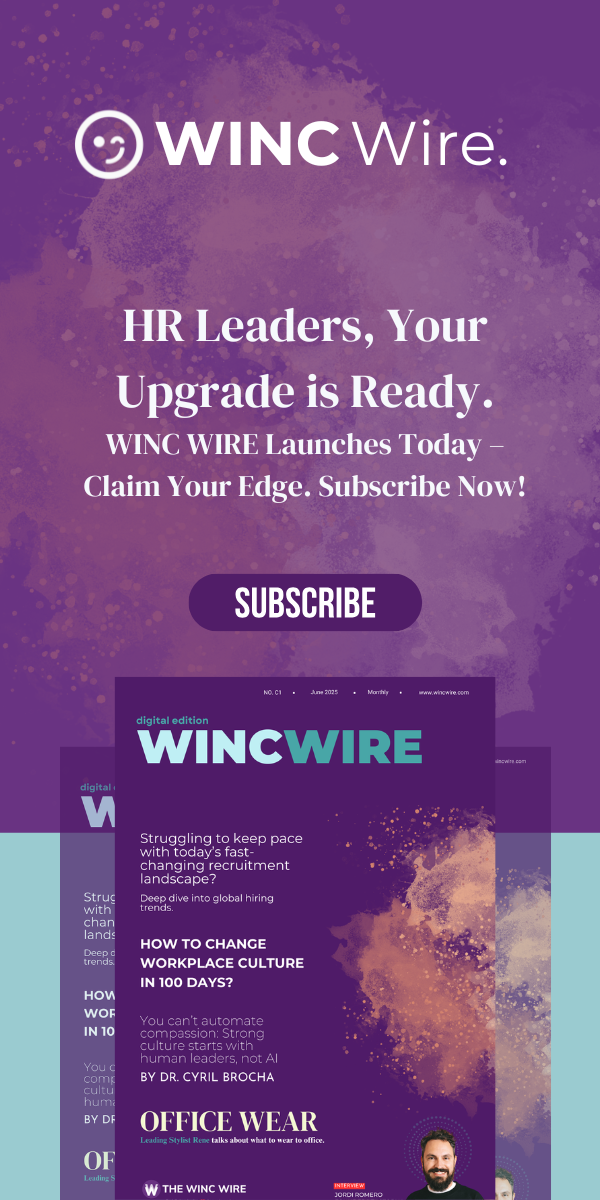In any thriving organisation, some figures quietly hold the fabric together — those who don’t make the headlines but without whom the operation would unravel. These are your line managers. The steady hands who translate vision into movement, strategy into action, and daily grind into long-term success.
Yet, far too often, these vital players are cast adrift — expected to steer teams, shape culture, and deliver results, often without the compass of training or the anchor of support. As we step into 2025, the question is no longer whether we need strong line managers — it’s whether we’re doing enough to empower them. Because the future of work rests, quite literally, in their hands.
More Than Middle Management: The Role That Holds the System Together
Think of line managers not as intermediaries but as the conductors in an organisational orchestra. They align the tempo of leadership with the rhythm of the frontlines. But here lies the challenge: many are promoted for technical prowess, not people leadership — a leap that’s often made without a safety net.
We cannot afford to keep tossing high performers into management and hoping they’ll float. Leadership is a learned craft, not an inherited trait.
What empowerment truly looks like:
- Contextual learning: Not theoretical lectures, but real-world modules on managing conflict, leading hybrid teams, and applying emotional intelligence.
- Ongoing mentorship: A culture where coaching isn’t a perk, but a standard, reinforcing lessons through support.
- Practical frameworks: Resources to help structure one-to-ones, deliver constructive feedback, and navigate group dynamics with poise.
Great leaders aren’t born overnight. But when cultivated intentionally, they become the cornerstone of resilient, high-performing teams.
From Annual Chore to Daily Culture: Rethinking Feedback
Performance reviews, once heralded as the crown jewel of HR rituals, have begun to show their cracks. For many, they feel like administrative hurdles — sterile, retrospective, and often misaligned with the pace of modern work.
To create truly agile, engaged workplaces, feedback must shift from formality to fluidity — not an annual autopsy, but a continuous heartbeat.
How to embed a culture of feedback:
- Make space for conversations: Regular one-to-ones that explore development, not just delivery.
- Leverage real-time insights: Use tools that gather feedback in the flow of work, not just at year-end.
- Train in empathy: Equip managers to listen actively and respond with nuance, not nervousness.
When feedback becomes part of the everyday language, it breeds trust, and trust is the currency of successful teams.
Belonging: The Missing Thread in the DEI Fabric
We’ve rightly placed Diversity, Equity, and Inclusion at the forefront of organisational agendas. But what truly knits a team together is not just diversity — it’s belonging.
Without belonging, diversity is superficial. A mosaic of individuals who may share a workplace, but not a sense of purpose or place.
How to cultivate belonging:
- Prioritise connection over compliance: Encourage teams to build real relationships, not just satisfy quotas.
- Create brave spaces: Where lived experiences can be shared without fear or filter.
- Challenge the bias systemically: From recruitment shortlists to boardroom decisions.
Belonging turns the workplace from a transaction into a community, and communities outperform collectives every time.
Data Without Clarity Is Just Noise
We’re told to trust the numbers. But in reality, many managers are drowning in dashboards, not navigating by them.
The real power lies in translation — distilling data into something actionable, not just admirable.
The path to smarter decision-making:
- Simplify metrics: Prioritise what’s meaningful, not just measurable.
- Use AI wisely: Employ intelligent tools that highlight trends and suggest interventions.
- Train for interpretation: Don’t just hand over reports — equip managers to read between the lines and lead accordingly.
Clarity breeds confidence. And confident managers drive momentum.
Well-being as Strategy, Not Sentiment
Long gone are the days when well-being was a soft add-on in the HR drawer. In 2025, it will become an essential lever of business continuity.
When employees feel well, they work well. And when they don’t, it shows in productivity, attrition, and morale.
Key well-being investments:
- Flexible work models: Not just hybrid by name, but designed with individual realities in mind.
- Mental health access: Confidential, stigma-free, and manager-supported.
- Manager training: Recognise burnout before it surfaces — and intervene early.
Well-being isn’t a wellness programme. It’s a leadership imperative. A future-ready organisation is one where humans, not just roles, are supported.
Three Transformative Shifts for 2025
If your organisation is ready to break from convention and build something future-facing, consider these bold pivots:
- Reinvent leadership pathways
Go beyond textbook programmes. Build emotionally intelligent leaders who can steer teams through complexity. - Put belonging at the centre
Representation is step one. True inclusion means every employee feels seen, safe, and significant. - Demystify decision-making
Equip line managers with digestible insights, not data dumps. Make action easier, not harder.
Closing Thought: Stop Managing, Start Empowering
The real revolution in 2025 won’t be driven by AI, automation, or policy. It’ll be driven by people, and the leaders who guide them day to day.
Line managers are no longer the forgotten layer of hierarchy. They’re the architects of culture, the catalysts of performance, and the pulse of your organisation. Stop managing them. Start backing them.
Because the future of work doesn’t begin at the top — it begins with those holding it all together.





